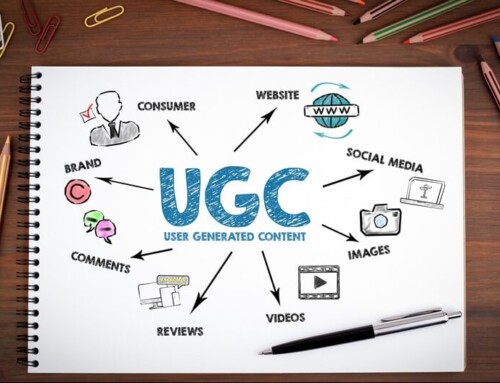This article includes historical information for context. While the core content remains valuable, some details reflect past events and may not be up to date. We regularly update our blog to keep you informed of current insights.
Marketing has not escaped the reach of the pandemic. The way companies market to prospective and existing customers has undergone significant changes. While many companies have handled aspects of business online for many years, it’s no longer optional. It’s an absolute necessity. Technology has become a critical tool for marketing efforts, even as it presents its own set of challenges.
Businesses must figure out how to fill the gap left by canceled in-person events. Historically, conferences and trade shows offered an ideal venue for marketers to engage prospects through face-to-face interactions and incorporate tangible materials that leads could touch. The booth alone was sometimes enough to make attendees stop and pay attention.
In-person events will have their heyday again; it is inevitable given how irreplaceable face-to-face interaction is not just to business, but to social interaction. In the meantime, how can organizations find other ways to engage prospects and existing customers?
Offer Gated Content
The concept of offering something in exchange for providing one’s contact information is not new. Gated content has been around for several years. However, driving interest in gated content now requires increasing the value of the content offered in exchange.
White papers and e-books are viable options. Still, it is essential for each business to solicit feedback from its target audience to determine what kind of collateral they truly want. Desired content can vary from industry to industry, and companies need to ensure they are appealing to these specific tastes. One way to do this is by obtaining information from current customers and social media followers to respond to a survey. Gather this information and, through social listening, compare it to what your competitors are providing and fill the voids they aren’t, or make your content even better!
Strengthen Calls-to-Action
Absent the chance to get up-close-and-personal with prospects, marketers must find an alternative way to reel them in. There is a reason why some leads never convert despite feeling like the product or service offers value. Imagine if they come across a competitor who provides a similar product or service, and the competitor leads the prospect with a strong call-to-action. In that case, chances are high that the lead will choose them.
Calls-to-action (CTAs) should be powerful, bold, and simple. This is not the place for the copywriter or web designer to indulge in flowery prose or flex their creative muscles. Instead, the language should be simple, and the CTA should be concise. More than three words are edging toward excessive and risk losing the prospect’s attention. Additionally, the value gained from following the CTA should be clear.
PRO TIP – What’s one of the biggest obstacles with CTAs? Believe it or not, it’s a sales follow-up. If people are clicking, you need to pay attention to what’s happening beyond that click. And if it’s generating a sales-qualified lead, salespeople need to be ready to act immediately! The difference between winning a customer and losing one to a competitor can be as simple as salespeople delaying follow-up and not being able to qualify and quantify the quality of the lead before making contact.
Leverage Social Media
While the opportunities to socialize face-to-face may be currently limited, that does not mean marketers cannot socialize with prospects in other ways. Social media may seem like an unlikely platform for doing so, but it is more popular than ever for making connections and facilitating interaction. With people spending more time at home, time spent on social media channels has increased significantly.
Companies can capitalize on this trend by creating content that captures the attention of their target audiences and encourages them to engage with the brand. Examples include videos and polls. The content does not have to be advanced, fancy or cost a fortune. Instead, it should invite participation and, in doing so, engage leads and entice them to act.
It is also imperative, now more than ever, for brands to answer questions and respond to comments. Whether it’s praise or complaint, brands need to be more than passive with their audiences. They need to engage and/or act. The world is watching, and there are more eyes than ever before on what people are discussing and how companies handle complaints, as well as how wonderful products, services, and brands can be. Prospects will take note of how companies respond to these situations and conclude, based on the interactions, what kind of customer service the business provides. In some cases, these interactions may conflict with a company’s mission or social good, which can be costly.
The virtual direction in which the world is heading may offer new marketing challenges, but organizations can capitalize on the exciting opportunities that accompany these challenges. Going the extra mile in their marketing efforts will take their business far.
Uncertain times call for creative thinking. Contact Gavel International to be inspired with solutions that connect and engage your people.
This article was last updated on May 27, 2025
- User-Generated Content in Marketing Wins Audience Trust - September 15, 2025
- 7 Ways to Elevate Culinary Experiences at Corporate Events - September 1, 2025
- 4 Reasons Why Corporate Training Programs Are Worth the Investment - August 4, 2025






